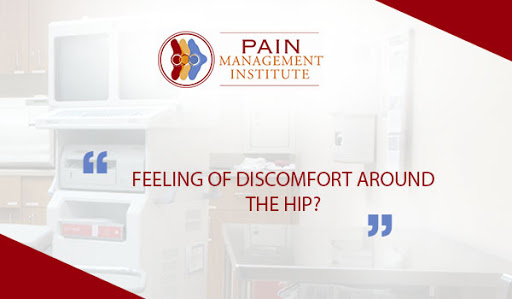The hip is a ball and socket joint that attaches the leg to the torso of the body. In the hip joint, the head of the femur (thigh bone) swivels within the acetabulum, the socket, made up of pelvic bones. While many causes of hip pain can arise from the joint itself, there are numerous structures surrounding the hip that can also be the source of pain.
Trauma is often the cause of hip pain, but any source of inflammation may cause pain in the hip area. Pain is one of the symptoms of inflammation, along with swelling, warmth, and redness; together these are signs and symptoms that a problem may exist. Hip pain is a common complaint among women of the population. The precise location of your hip pain can provide valuable clues about the underlying cause.
Problems within the hip joint itself tend to result in pain on the inside of your hip or your groin. Hip pain on the outside of your hip, upper thigh or outer buttock is usually caused by problems with muscles, ligaments, tendons and other soft tissues that surround your hip joint. Hip pain can sometimes be caused by diseases and conditions in other areas of your body, such as your lower back. This type of pain is called referred pain.
Causes of Hip Pain
These are some of the conditions that commonly cause hip pain:
- Arthritis
- Hip fractures
- Muscle or tendon strain
- Cancers
- Avascular necrosis
Treatment:
If your hip pain is caused by a muscle or tendon strain, osteoarthritis, or tendinitis, you can usually relieve it with an over-the-counter pain medication such as acetaminophen or a nonsteroidal anti-inflammatory drug such as ibuprofen or naproxen. Rheumatoid arthritis treatments also include prescription anti-inflammatory medications such as corticosteroids, disease-modifying anti-rheumatic drugs (DMARDs) like methotrexate and sulfasalazine, and biologics, which target the immune system.
Another way to relieve hip pain is by holding ice to the area for about 15 minutes a few times a day. Try to rest the affected joint as much as possible until you feel better. You may also try heating the area. A warm bath or shower can help ready your muscle for stretching exercises that can lessen pain.
If you have arthritis, exercising the hip joint with low-impact exercises, stretching, and resistance training can reduce pain and improve joint mobility. For example, swimming is a good non-impact exercise for arthritis. Physical therapy can also help increase your range of motion. When osteoarthritis becomes so severe that the pain is intense or the hip joint becomes deformed, a total hip replacement (arthroplasty) may be a consideration. People who fracture their hip sometimes need surgery to fix the fracture or replace the hip.
Call your health care provider if your pain doesn’t go away, or if you notice swelling, redness, or warmth around the joint. Also call if you have hip pain at night or when you are resting. Treatment for hip pain depends on the diagnosis, but pain that’s caused by overuse or sports injuries is often treated with heat, rest, and over-the-counter anti-inflammatory medication. To prevent injuries, it is important to stretch before exercising and wear appropriate clothing, especially good shoes when running.

